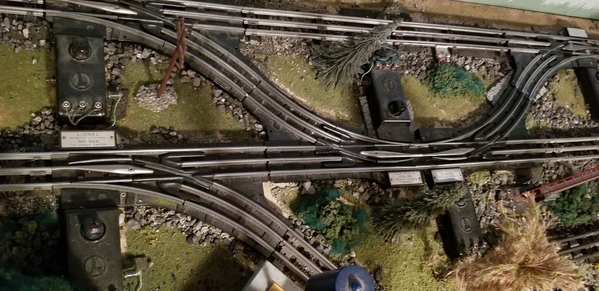I'm planning my first big layout going with Atlas, Gargraves, or Ross Custom Switches and I had a question that I remember struggling with on my layout when I was a kid.
I inherited some of grandpa's postwar stuff. That included four wired remote switches. I remember them working well unless they were connected to one another. They would buzz and act funny (throw themselves) and get hot. The trains also didn't seem to be into this. I was 11 so I didn't know if the streams were crossed or if you just weren't supposed to do that but I remember having to put track between the switches. I don't know where those pieces are so I can't replicate it but there have been a number of spots on my layout design where one switch will run right into another. Is this a common issue? Should I have small pieces of track between switches? I plan on using Legacy and DCS for the most part. I'm not going to convert the postwar turbine I have so I'll only run conventional on special occasion. I wanted to have the ability to use command control to throw switches because some switches are hiding for staging and others would just be tricky to reach.







